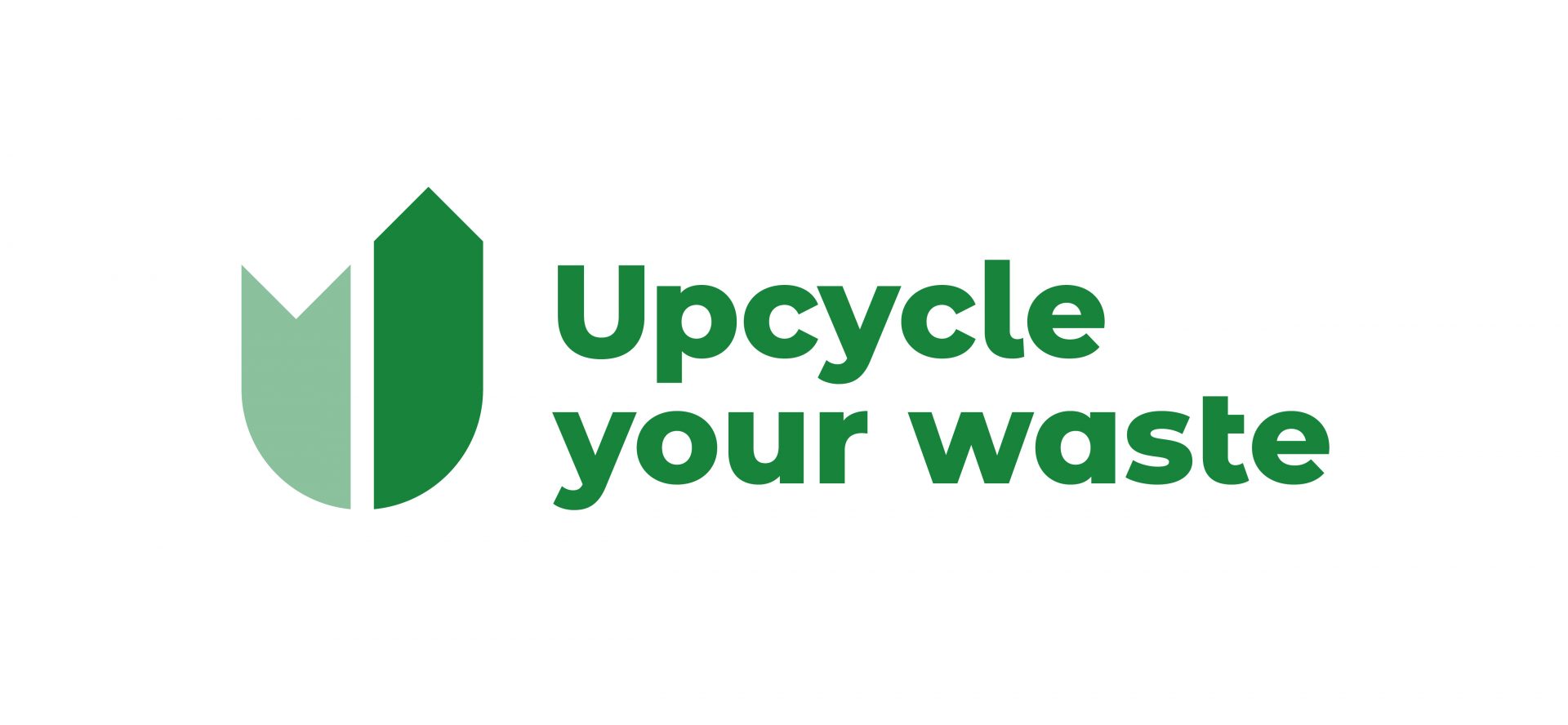Report on Barriers & Drivers for upcycling
- 30/09/2020

To download the full study: See below.
Knowing what drives or hinders an entrepreneur from using all the value that his waste represents is of great importance in order to be able to use waste as a secondary resource for new products.
In this report we provide a general insight in the “mindset” of entrepreneurs about circularity and waste reuse. This insight will be completed with an inventory on barriers & drivers amongst SMEs in the six pilot areas.
This report shows what in a broader sense motivates or hinders entrepreneurs and will help with learning which barriers in the project need to be overcome and which drivers/enablers can be used to accelerate the application of circular waste business cases in the pilot areas.
This report is the result of a scientific process to identify relevant research on barriers and enablers for upcycling at SMEs and provides a database for use by project partners and SMEs. It focuses on barriers and enablers for upcycling that SMEs experience or perceive, like awareness, knowledge, capacity, resources, operational barriers, legislation etc.
The outcome of the analysis shows that the number of times that barriers are listed almost 4 times as often as enablers are listed. In general, this could mean that the barriers are perceived as bigger and more important than the enablers.
The fact that “social” is only seen as barrier subscribes to the idea that the majority of society has not yet or only partially embraced upcycling and reuse of resources. The same applies for “awareness”. This is mentioned as a barrier more often than as an enabler.
It is striking that “Policy (government) and Vision (companies)” as an enabler has an equal score. This could mean that having a policy or vision in place to back-up or support upcycling and reuse of resources is precondition to support this development. This outcome is backed up by the observation that companies are more likely to implement successful upcycling initiatives if sustainability is core to the company’s ethos.
“Business case” is mentioned 38 times as an enabler and at least 89 times as a barrier. From this could be derived that it is still very difficult to realize a business case when upcycling waste into a secondary resource and/or product. This is not surprising if considered that society is still largely organized in a linear way, which often makes Circular business models difficult to realize. However due to lacking awareness, companies could be lacking information about successful circular business cases and thus not being aware of the opportunities for themselves.
“Legislation” is also and only mentioned as barrier. Given the fact that the values of today’s society are protected by legislation, it is not illogical that legislation is being regarded as a barrier. After all, the waste legislation is aimed at removing waste safely and quickly as possible and without harming humans. The recovery of waste is “contrary” to this.
And again here we see that although waste legislation is shifting towards facilitating the circular economy (see the report on waste legislation), the options for SMEs to do so, are not known, given the fact that it’s not their field of expertise, not their core business and active communication to this group of companies is lacking.
This report is based on existing scientific sources and will be incorporated into an overall report which will also reflect the specific barriers & enablers that SMEs experience in their daily working routine and will be based on interviews with the SMEs in the 6 targeted business areas.
It will help the project to better understand the issues at hand, address specific barriers and backing up enablers in order to improve waste reduction and costs and resource efficiency.
The full study can be read and downloaded here: Final report literature research on B&D – UYW

